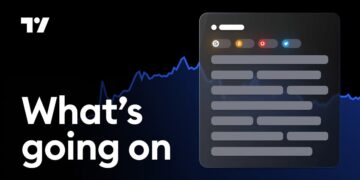Key Takeaways
- Ethereum R1 launches as a fully donation-funded Rollup with no token or presale model.
- It enters Phase 2 immediately, enabling permissionless proving and decentralized governance.
- Public interest funding supports the project until 2030, after which fees will be entirely burned.
Ethereum R1 has officially launched, introducing a community-first Layer 2 solution that redefines the narrative of rollup development. Based on Ether’s core principles of decentralization, censorship resistance, and credible neutrality, R1 is diametrically opposed to conventional Layer 2 launch approaches that emphasize tokens and allocations to investors.
The initiative is a brainchild of a group of independent Ethere contributors who were spearheaded by researcher Justin Drake and purported to stress the necessity for a Rollup resistant to insider-controlled governance.
Since its launch date, Ethereum R1 has been fully financed through public donations. No token sale, no venture capital control. The open governance of the initiative and elimination of private incentives are intentional in order to bring to the Ether ecosystem a long-term, non-profit-driven alternative to L2s.
R1 Launches With Stage 2 Proofs and a “Design for Death” Ethos
R1 is not only permissionless but also designed to be replaceable. It has no proprietary tech stack, no branding lock-in, and no cult-like identity.
Built with longevity in mind, it has a “Stage 2” design on day one in the sense that it comes out of the gate with permissionless proof generation and a long update delay protected by a multisig committee of varied Ethereum stakeholders.
The design does away with centralized power nodes such as foundations or multisigs. Rather, a large-scale, open group controls the protocol. Any party capable of abiding by the rules of Ethereum consensus is able to validate proofs and contribute to it, with a maximally decentralized security model.
As Drake explains it, this “design for death” allows for the project to be adapted or even replaced without endangering the Ethereum ecosystem.
Ethereum R1 Calls on Developers
The most groundbreaking element of Ethereum R1 is likely to be its financial model. Funded by public interest until 2030, development of the protocol will be financed through base fees until this point. After 2030, fees will be burned, irreversibly removing value instead of extracting it.
This model sharply differs from traditional Rollups in terms of how it is profitable through sequencer charges and token value appreciation. The model of Ethereum R1 ensures builders and ETH owners are rewarded through shared advancement rather than individual profit.
As discussions take place on community forums and Telegram channels, R1 is inviting developers, app builders, and ETH owners to participate in shaping what they believe is Ethereum’s most valid and unbiased L2 direction.
Related Reading | Shiba Inu, PEPE, and FLOKI Are Losing Steam, Here’s Why Traders Are Picking RCO Finance

















